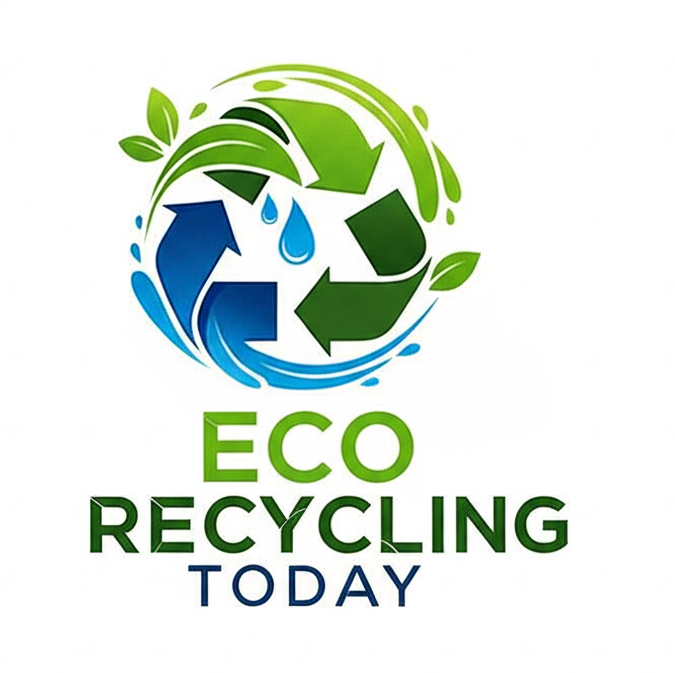In the age of climate change and overflowing landfills, sustainability has become more important than ever. While recycling is widely known, upcycling is quickly gaining attention as an innovative way to reduce waste and create value. But what exactly is upcycling, and why is it such a powerful tool for a greener future? Let’s break it down.
What Is Upcycling?
Upcycling is the process of transforming waste materials, old products, or unwanted items into new, higher-value products. Unlike recycling, which usually breaks materials down to their raw form, upcycling enhances them into something better — both in function and design.
Examples include:
- Turning old glass bottles into stylish lamps.
- Repurposing wooden pallets into furniture.
- Sewing worn-out clothes into tote bags.
In short, upcycling = reimagining waste into opportunity.
Upcycling vs. Recycling: Key Differences
| Feature | Recycling | Upcycling |
|---|---|---|
| Process | Breaks down materials | Repurposes items directly |
| End Value | Often lower or equal to original | Higher than original |
| Example | Plastic bottles → plastic pellets | Plastic bottles → plant holders |
While recycling requires industrial processing, upcycling can often be done at home, making it a creative and accessible practice.
Why Is Upcycling Important?
- Reduces Waste – Keeps usable materials out of landfills.
- Cuts Carbon Footprint – Less energy used compared to recycling or manufacturing new goods.
- Promotes Creativity – Encourages DIY solutions and artistic expression.
- Supports Circular Economy – Items stay in use longer, reducing demand for new raw materials.
According to the World Bank, global waste could reach 3.4 billion tons annually by 2050. Upcycling helps slow that growth.
Popular Upcycling Ideas for Daily Life
- Clothing & Textiles: Old jeans → handbags or quilts.
- Furniture: Wooden crates → shelves or tables.
- Plastics: PET bottles → vertical gardens.
- Electronics: Vintage radios → Bluetooth speakers.
- Home Decor: Mason jars → candle holders.
Even small projects save resources while adding personal style to your home.
The Business of Upcycling
Upcycling is not just a DIY hobby; it’s also a booming industry. From eco-friendly fashion brands to upcycled furniture businesses, many companies are building profitable ventures around creative reuse. This trend reflects consumer demand for sustainable and unique products.
Upcycling proves that sustainability doesn’t have to be boring. By giving old items a new life, we reduce waste, lower carbon emissions, and add creativity to our daily lives. Whether through DIY projects or eco-friendly businesses, upcycling is a key step toward a circular economy.
FAQ
1. Is upcycling better than recycling?
Both are important, but upcycling often adds more value and uses less energy than recycling.
2. Can upcycling save money?
Yes. Instead of buying new items, you can repurpose old ones at little to no cost.
3. What materials are best for upcycling?
Wood, fabric, glass, plastic bottles, and metal scraps are among the most versatile.
4. Is upcycling eco-friendly fashion popular?
Absolutely. Many brands now market clothing made from upcycled fabrics and materials.
